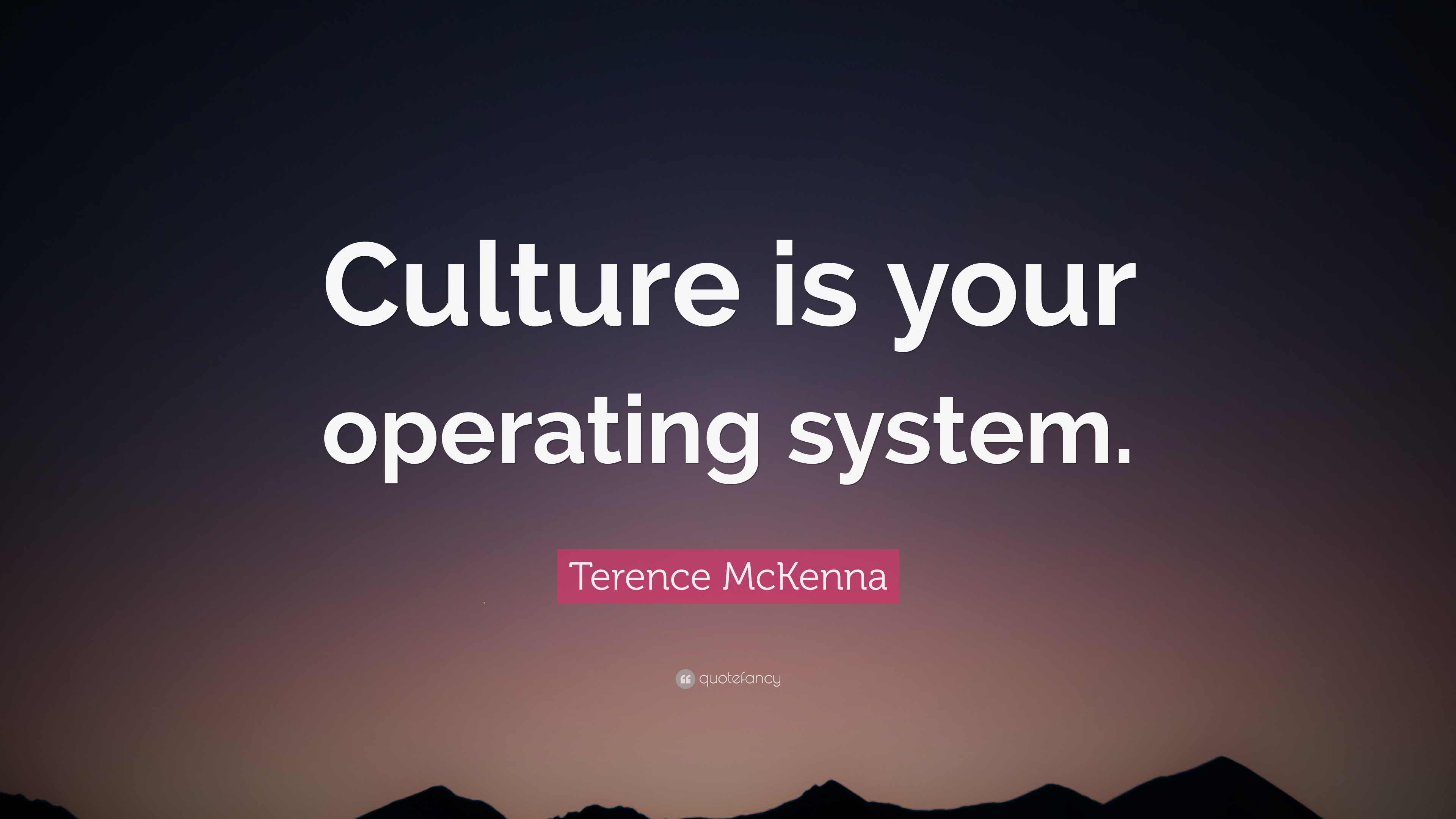What is Operating Culture?
Operating Culture has been cited by numerous quality and change management experts as the leading constraint in organizational performance. Operating Culture has been broadly defined as “how things are done”, “the prevailing climate”, and “the organization’s values and beliefs.” Such definitions are part of the problem as they are too vague to support any serious management of operating culture.
Management is not only part of the problem, but the ultimate cause of poor operating culture. Often the very actions managers undertake to achieve managerial control and effectiveness are the same actions that harm the operating culture and cause the eventual loss of managerial control and effectiveness. Managing any operating culture requires an understanding of change management theory.
The first rule of managing operating culture is “not to make it worse.” This requires a change in the very role of management itself – a change away from organizations working to meet management’s requirements – and towards a paradigm where management works to meet the organization’s requirements.
The second rule is diagnosis: to know what the organization’s requirements are before changing anything.
The third rule is to verify that the change enacted actually resulted in the desired change or outcome.
The fourth rule is to correct bad decisions quickly before they cause a permanent and unwanted shift in the operating culture behavior pattern.
Quality and social science experts have offered definitions with significantly more substance which managers should focus on. Consider the following:
- Patterns of behavior. Crosby
- A certain system of values, beliefs, and behaviors, individual and team, created within the organization, that is necessary for organizational success. Juran
- The gap between knowing and doing. Pfeffer, Sutton
Operating cultures are social forces that flow with respect to the operating environment and their internal needs to support organizational success. This “flow” eventually finds its balance (equilibrium) which is almost always sub optimum to the organizations pure needs. Operating cultures are always a balancing act between the operating environment, internal needs, and the organization’s needs. Any attempt to force an organization to merely better meet organizational needs is insufficient as the social forces will always gravitate into a new state of equilibrium. The only way to truly improve on the meeting of organizational requirements is to alter the entire system, to address the environment and meet internal needs simultaneously with respect to the organization’s requirements. To do this properly one first must have an accurate appraisal of what the environmental factors and internal needs actually are.
When internal needs appear to siphon energy away from the organization’s requirements this is symptomatic of constraints existing deep within the operating environment. The leading root causes of these constraints often are tiny recurring ethics failures. Therefore shortest path to removing the constraints is to identify, target, and remove the patterns of micro ethics failures throughout the operating environment.
The key is to identify the ethics component within the complex operating culture social scheme. But how does one identify these things in an unbiased manner? If management is the ultimate cause, and if the organization itself is in a conspiracy to meet their unmet needs, and if everybody else is controlling everybody else’s environment, who can objectively investigate the matter? Ethics Quality, Inc. is an objective source to turn to. Our proprietary diagnostics are capable of pinpointing your needs, and our expertise in training and corrective action will help your organization “unravel” and facilitate productive change in your operating culture.

